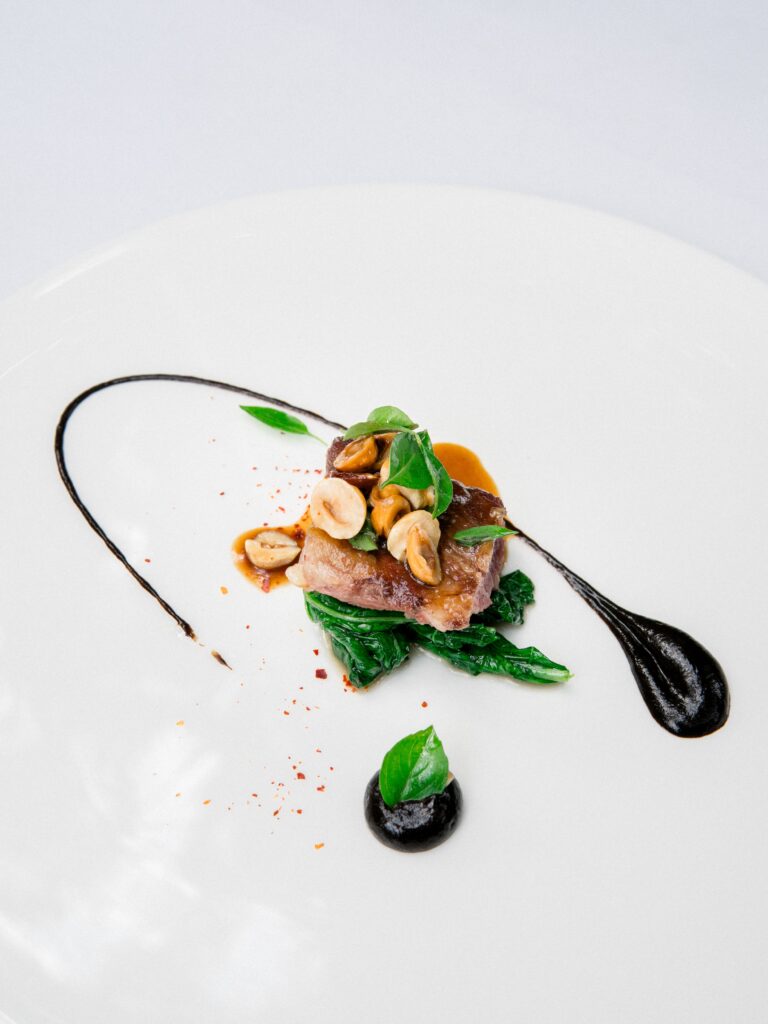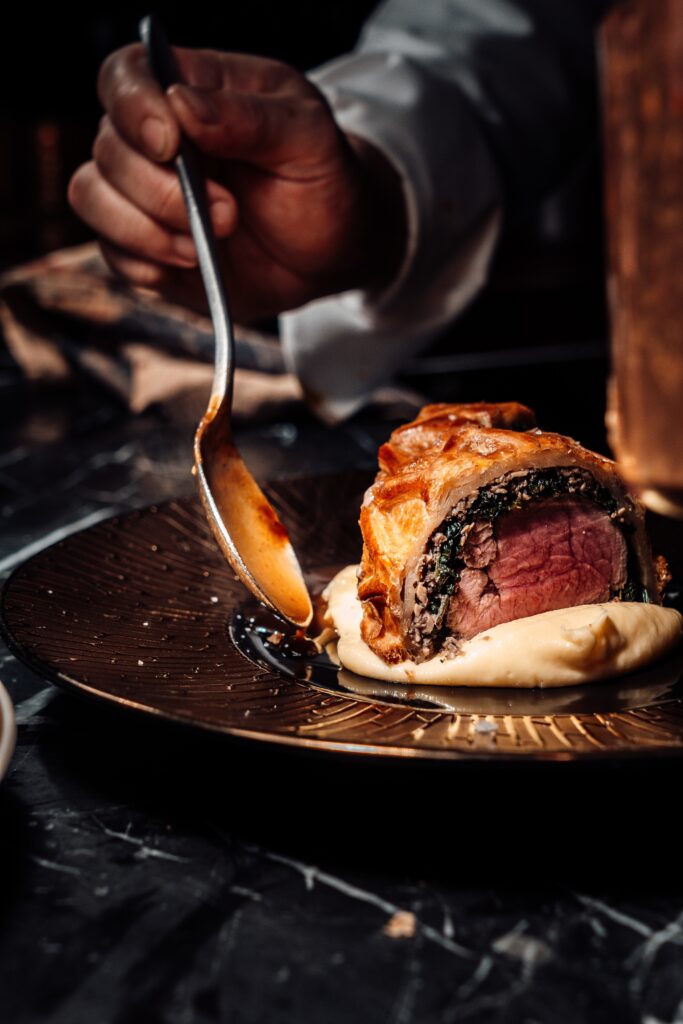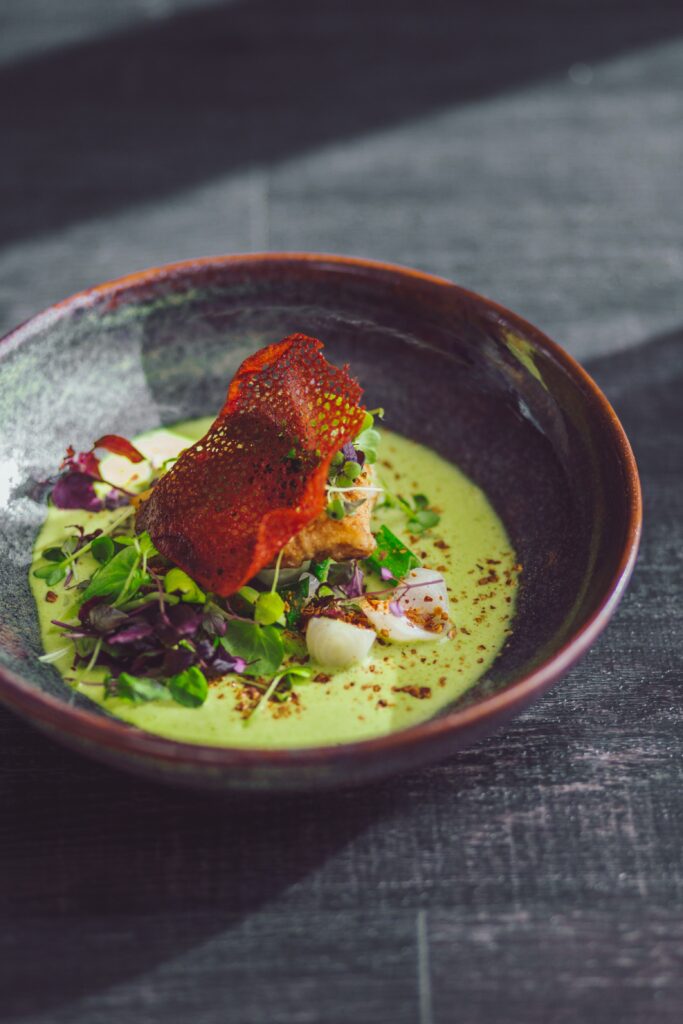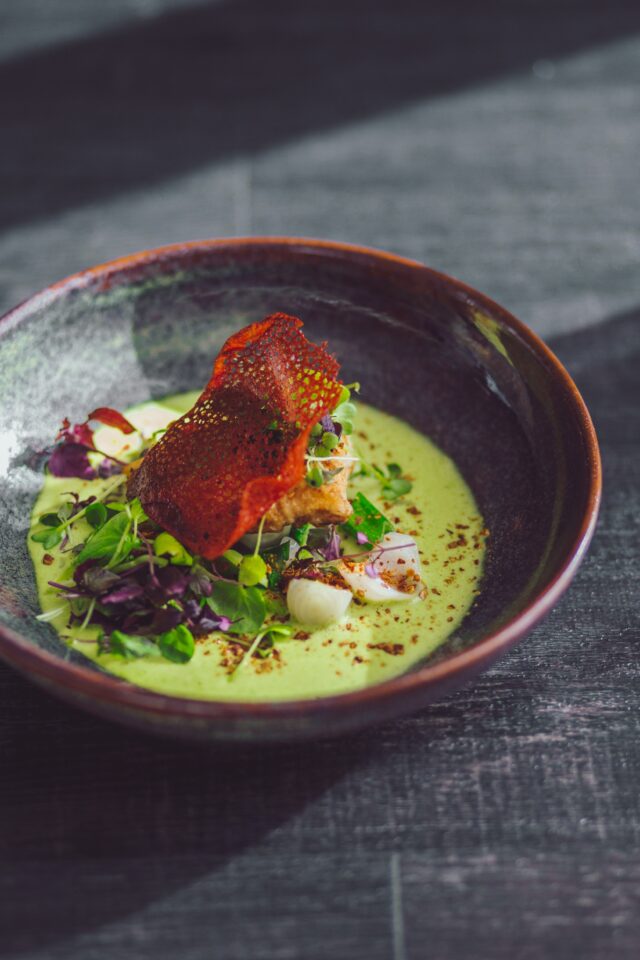You’re about to embark on a journey to understand the common tipping practices at fine dining restaurants. In this enlightening article, you’ll discover the unspoken protocols for gratuity, helping you navigate your future dining experiences with confidence and grace.
What Are Common Tipping Practices At Fine Dining Restaurants?

This image is property of images.unsplash.com.
Understanding Tipping Practices
What is a Tip?
A tip is a sum of money given to service staff in addition to the outlined cost of the provided service. It is an act of gratitude shown for the service that has been rendered. Tipping is a common practice in various service industries such as restaurants, hotels, and salons. In the context of a restaurant, a tip is usually given to the waiter or waitress who served the meal.
Why is Tipping Necessary?
Tipping is seen as a way to express appreciation for good service. It is a practical way of rewarding waitstaff for their hard work and extra effort. In some places, tipping is also important because it supplements a server’s income, which often is based largely on low hourly wages.
Cultural Perspectives on Tipping
Tipping culture can vary greatly from one country or even region to another. In some societies, tipping is viewed as a necessary and expected practice, while in others, it might be considered optional or even redundant.
Factors That Influence Tipping
Quality of Service
One of the most important factors influencing tipping practices is the quality of service. If a waiter provides excellent and punctual service, they should be rewarded with a generous tip.
Dining Experience
The overall satisfaction with the dining experience can also greatly impact the amount left as a tip. Factors such as food quality, atmosphere, and general satisfaction all contribute to the tipping decision.
Restaurant Atmosphere
The ambiance and atmosphere of the restaurant also play a role in the amount tipped. Fine dining restaurants with high-end decor and ambiance often see higher tips compared to causal eateries.

This image is property of images.unsplash.com.
Tipping Rates Across Different Countries
Tipping in the United States
In the United States, tipping is a compulsory part of the dining culture. While the amount can vary, a tip of 15-25% of the total bill is considered standard.
Tipping in Europe
Tipping in Europe is usually more modest compared to the U.S, with 5-10% often being the norm. Some countries, like Italy and France, include service charges in the total bill, making tipping optional.
Tipping in Asian Countries
In many Asian countries like China and Japan, tipping is often not customary and can occasionally even be perceived as rude. However, this isn’t the case everywhere, so it’s best to research local customs before traveling.
Specifics of Tipping in Fine Dining
Defining ‘Fine Dining’
fine dining refers to high-end dining experiences that offer the best in food, service, and atmosphere. These experiences come with a high level of expectation, and tipping customs reflect this.
Typical Tipping Rates in Fine Dining
Tipping rates in fine dining establishments typically start around 20% of the total bill, considering the high level of service and experience offered. However, if the service is exceptionally good, you may want to leave a higher tip.
Deciding Who to Tip
In a fine dining restaurant, multiple staff members often help orchestrate your dining experience. Primarily, your tip will go to the waiters, but do consider that a portion might also be shared amongst other staff like bartenders, hosts and bussers.

This image is property of images.unsplash.com.
Situation-Based Tipping in Fine Dining
Tipping for Wine Service
When a sommelier contributes to your dining experience, an additional tip may be warranted. A standard practice is to tip 15% of the wine cost.
Tipping for Dietary Restrictions or Special Requests
If you have dietary restrictions or special requests that require extra effort from kitchen or service staff, a higher tip can be an appreciative gesture for their accommodation and effort.
Tipping for Menu Guidance
If the staff has offered excellent guidance in helping you navigate the menu or made great recommendations, consider leaving an extra tip as a token of gratitude.
Tipping from a Patron’s Perspective
Calculating the Tip
Calculating the tip can be easy if you keep in mind the general rule of 15-25% of the total bill.
When to Leave a Tip
The tip is typically left after your meal, at the time of paying your bill.
Possible Dilemmas
If you are unsatisfied with the service provided, or find any discrepancies in the bill, address them with the management before deciding not to tip.
Tipping from a Service Professional’s Perspective
Dependence on Tips
Many service professionals heavily rely on the tips to supplement their income.
Effect of Tips on Motivation and Performance
Recognition through tipping can boost morale and motivation among the staff, prompting them to maintain or improve their services.
Solutions to Potential Problems
In case of problems during service, open communication and immediate resolution can help foster a positive dining environment, which ultimately could result in better tips.
Tipping Etiquette
Communicating with Service Staff
Ensure courteous and polite communication with your servers. Remember that they are working to enhance your overall dining experience.
Dealing with Unsatisfactory Service
Contact the management if the service is unsatisfactory. While it is your right to abstain from tipping, it’s also essential to provide them an opportunity to correct the problems.
Leaving a Tip Discreetly
Care should be taken to leave the tip discreetly. It’s best to leave it in the envelope provided with the bill or underneath a small item like a salt shaker.
The Future of Tipping
Alternatives to Traditional Tipping
Several restaurants have begun implementing automatic service charges, or including gratuity in their pricing, as an alternative to the traditional tipping model.
The Impact of Technology on Tipping
With the rise of digital payments, many establishments now offer the option to tip electronically. This can make the tipping process simpler and more efficient.
Expected Changes in Tipping Culture
As our society and dining practices evolve, tipping culture is also expected to change. Hence, staying informed is key to navigating these transitions smoothly.
Conclusion
Summarizing Common Tipping Practices
Tipping practices vary widely, but they generally reflect appreciation for service. In fine dining establishments, tipping is a reflection of the high-quality service and luxurious surroundings that are part and parcel of the experience.
Future Expectations
As we move further into the digital age, it’s likely that tipping practices will continue to evolve. What won’t change, however, is the principle behind tipping – a tangible way to express gratitude for good service.
The world of tipping can be complex, but understanding the basic norms and expectations will enable you to navigate it with confidence. Ultimately, tipping is a way of saying ‘thank you’ for exceptional service. And who doesn’t appreciate a heartfelt thank you?










